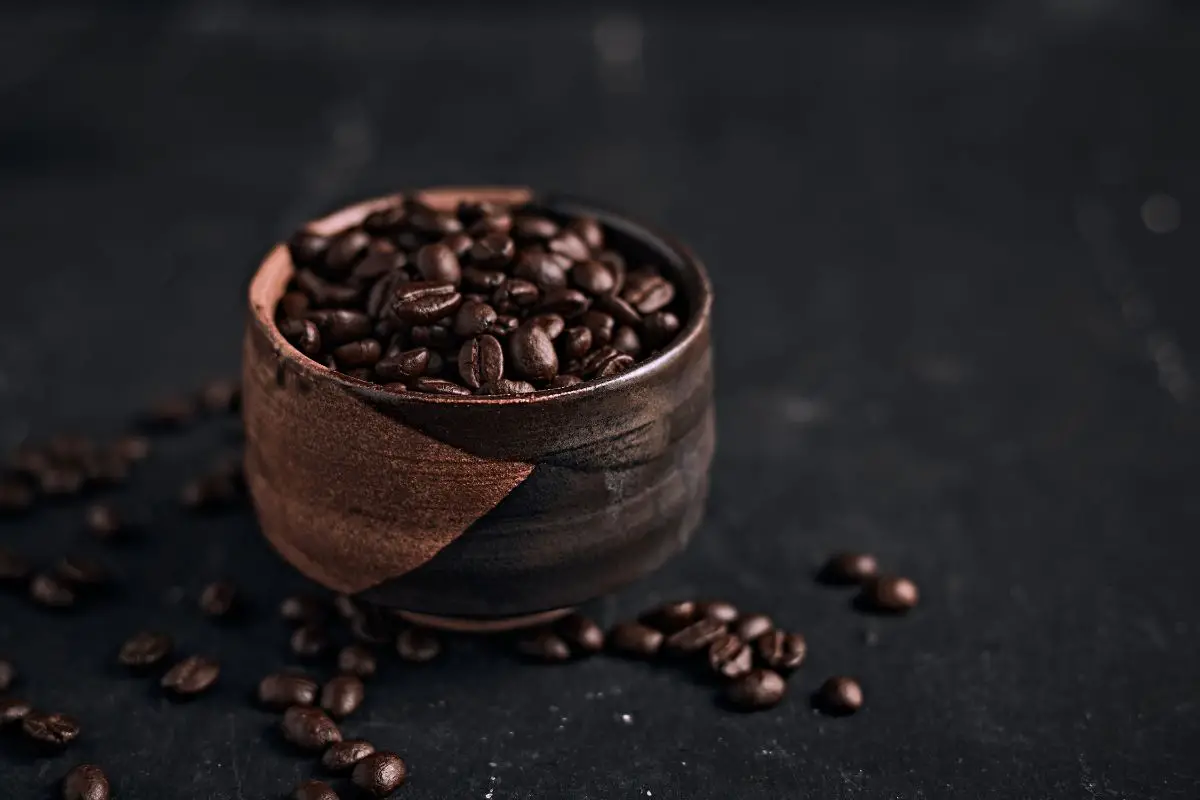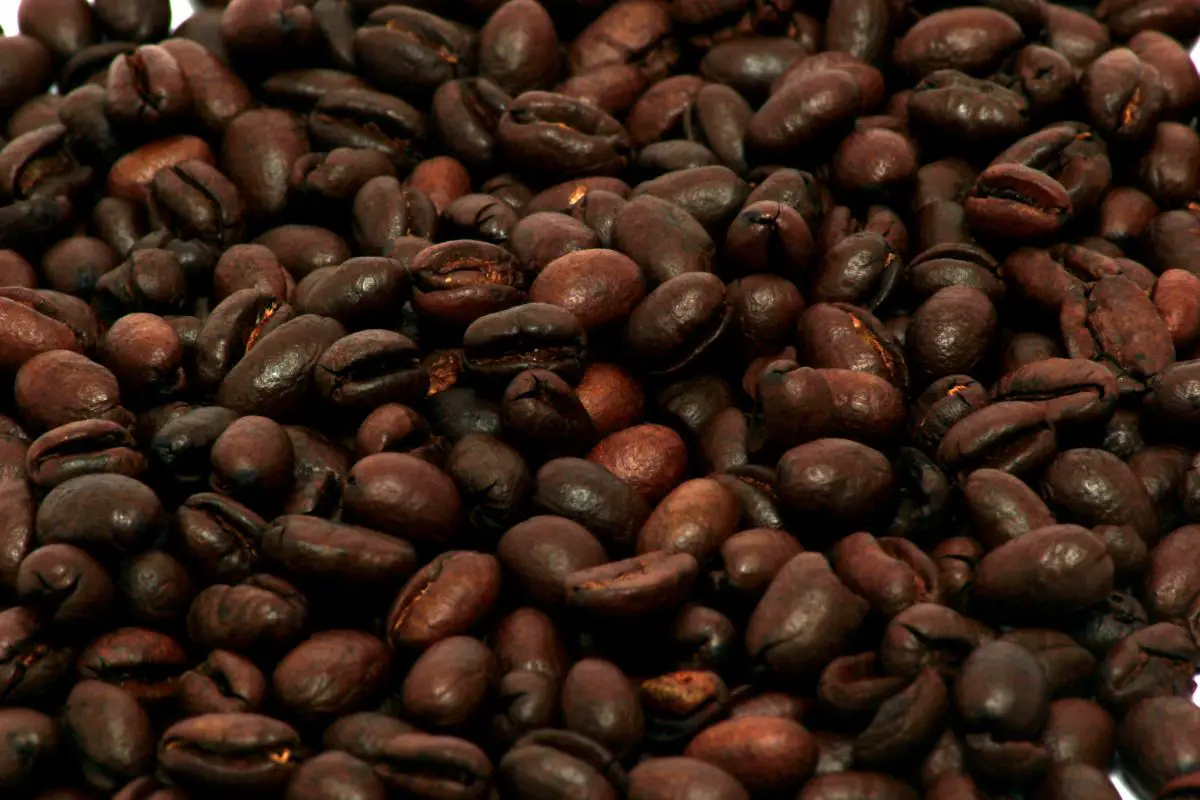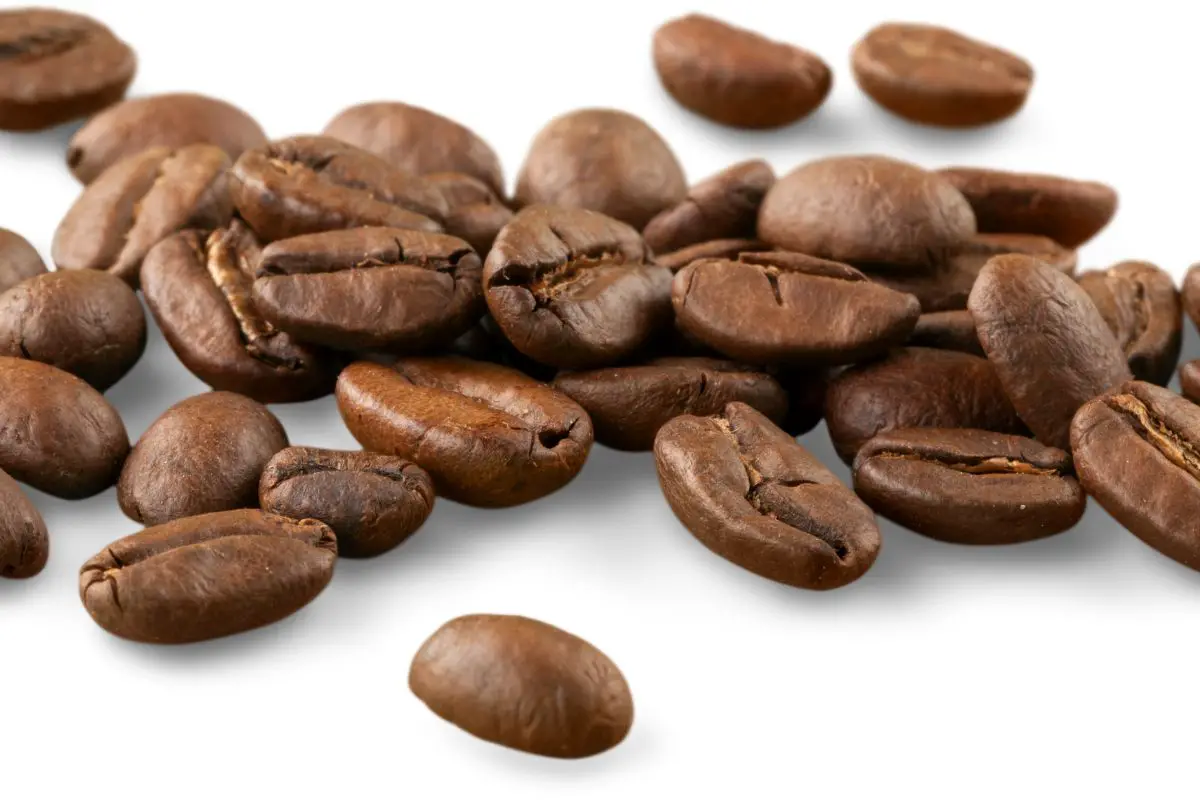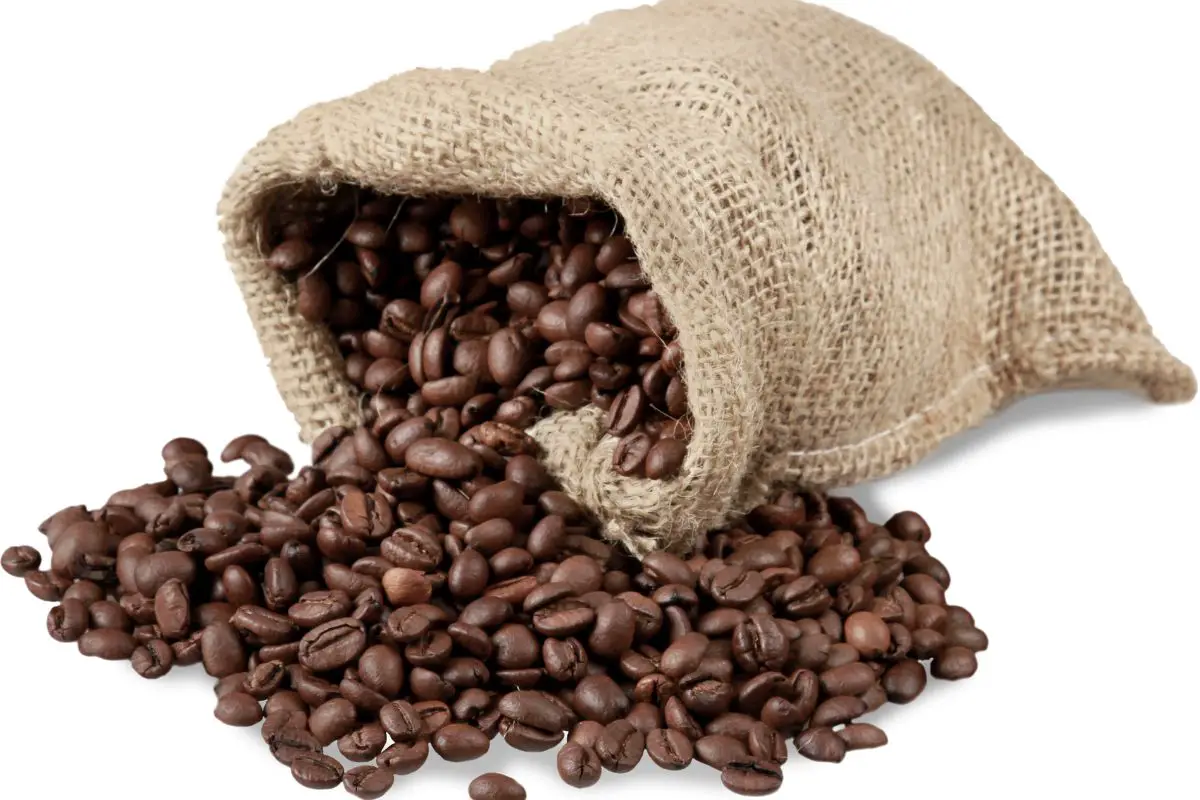When you visit a coffee shop or grocery store to buy coffee beans, you may be surprised at the different bags of coffee on display. You’ll also notice this on coffee-selling websites.
Although most of the coffee beans on sale are of the Arabica or Robusta variety, they are packaged differently. Some of the names you’ll find on coffee bags are; specialty coffee, gourmet coffee, and reserve coffee.
It seems like every coffee vendor is trying to refer to their coffee using a unique name.
The term “reserve coffee” is especially interesting. Looking at the name, you may think it’s some exceptional coffee like aged fine wine.
Of course, that gives you the idea that reserve coffee is a top-notch type of coffee. Is that really the case?
In this article, we give you information on reserve coffee that will help you to make the right choice when purchasing your next bag of coffee beans.

What Sets Reserve Coffee Apart?
You can describe the difference between reserve and regular coffee as the difference between store-bought and home-baked cookies.
The latter is made with care, using fresh ingredients and by following tried & proven instructions which always guarantees an excellent batch of cookies. Such recipes are often handed down from generation to generation.
That’s the kind of category that reserve coffee beans belong to. They are produced by expert coffee producers who concentrate on farming a specific variety of coffee beans using the best farming practices. These are usually coffee beans valued by coffee drinkers who prefer exceptional coffee beans.
Reserve coffee beans are available as light, medium, or dark roasts. The producers of these unique coffee beans usually use hand roasting to produce them. They hire master roasters who have learned the art of bringing out the subtle flavor notes in coffee beans, ensuring you only get the best-tasting coffee from them.
Handcrafted coffee differs from regular roasted coffee beans because producers control certain factors when processing them. These are;
- The temperature
- Roasting period
- Coffee load size
- Airflow during roasting
Controlling the roasting process in this way is the best way to roast coffee beans evenly and monitor how far the roasting process goes. The result is a select batch of coffee beans that coffee buyers are sure will deliver excellent aroma and flavor.
This is why reserve coffee beans are in limited supply in coffee shops compared to the regular coffee beans you find in grocery stores. They are also available for a limited amount of time.
So, you can only buy reserve coffee beans from select coffee house chains. These establishments roast their own coffee or import coffee beans from single-variety coffee producers.
These are coffee sellers who buy coffee beans for reserve coffee production when they are at their best in terms of flavor and aroma.
You can expect reserve coffee beans to have very few defects, if any. Due to their size and minimal flaws, you’ll find most reserve coffee beans classified as grade 1 coffee (the highest quality coffee beans).
The demand for these coffee beans is always high. Once they are off the shelves, coffee buyers can only wait for the next production season to buy them.
Different Types of Reserve Coffee
There are several types of reserve coffees on the market.
Some examples are Peaberry reserve coffee, Jamaica Mountain Blue Reserve coffee, and Kona Reserve coffee.
Here is a little information on each type of coffee.
1. Peaberry Reserve Coffee

Peaberry reserve coffee sets itself apart from other coffees because, for starters, the coffee beans grow differently from others.
While regular coffee beans (called flat berry coffee beans) are produced from cherries whose seeds are fully fertilized, only one seed is fertilized in these coffee beans.
That’s why Peaberry coffee beans are smaller than regular coffee beans. Their distinct shape makes them an excellent choice for reserve coffee production.
Apart from its shape, Peaberry coffee is chosen as a reserve coffee because of how it’s processed. For many specialty coffee producers, processing Peaberry coffee necessitates sorting out the small, round coffee beans from flat berry coffee by hand. That’s quite a time-consuming and intense process.
In addition, Peaberry coffee beans are roasted by hand to ensure they bring out their sweet flavor and appealing aroma. That, too, sets them apart from other coffee beans.
So if you are looking for an excellent variety of reserve coffee, Peaberry coffee beans are a great choice.
2. Kona Reserve Coffee

Kona reserve coffee is another type of coffee bean used to make reserve coffee. It is valued for its distinct flavor.
Unlike Peaberry coffee, Kona coffee is a flat berry coffee. It is only considered a unique coffee because it grows in two regions worldwide. These are coffee farms in Hawaii and California.
Kona coffee’s distinct flavor comes from the fertile, volcanic soils it grows in. These are exclusive volcanic soils on the slopes of the Mauna Loa and Hualālai volcanic mountains in Hawaii’s Kona district.
The volcanic soils and light tropical rainfalls in these regions guarantee uniquely flavored coffee beans that produce a bold and aromatic brew. That makes these coffee beans some of the most popular reserve coffees in the world.
3. Jamaican Blue Mountain Coffee

It seems like most reserve coffees are grown in the mountains. Another great example is Jamaican Blue Mountain reserve coffee from the Jamaica Blue Mountains. It is one of the world’s most expensive coffees due to its floral, sweet flavor profile.
The unique flavor and aroma of Jamaica Blue Mountain coffee beans come from the environment they are grown in. These coffee beans grow in shady, moist regions at high elevations that encourage the growth of richly flavored and dense coffee beans.
Reserve coffee producers source Jamaican Blue Mountain coffee beans from areas like Kingston and Port Maria.
These coffee beans are usually used to brew the best Espresso coffee. Most reserve Jamaican coffee beans are sourced from old coffee estates in Jamaica or reputable middlemen. Many coffee houses use these coffee beans as part of their selection of reserve coffee beans.
Coffee House Franchise Reserve Coffees
Now that we’ve given you three examples of reserve coffee, it may leave you wondering about the reserve coffee you see in coffee shops. An example is Starbucks’ reserve coffee.
These coffee house reserve coffees are highly publicized as being of great quality. So, what kinds of coffee beans are used to produce them?
Well, most of the reserve coffees in your favorite coffee shop are made up of premium Arabica coffee beans from exceptional coffee-growing regions worldwide. Some examples are Indonesia, Colombia, Costa Rica, Ethiopia, and Kenya.
These beans are aged and blended to create exceptional reserve coffee. They are also processed in roasteries that belong to the coffee houses selling them.
Apart from Starbucks, other coffee houses that make and sell their own reserve coffees are Stumptown Coffee roasters and Blue Bottle coffee roasters.
If you’ve been thinking of exploring the world of reserve coffee, these are excellent places to buy a bag or two. You can also order them online from trusted reserve coffee vendors.
Conclusion
Now you know a little bit about reserve coffee. Once you try it, you may decide that it’s the only type of coffee you will take.
That’s not necessarily a bad idea. You always know what to expect from a bag of reserve coffee beans. It never gets boring.
And if you are a person who likes to sample different types of high-quality coffee beans, you can always purchase reserve coffee from diverse coffee houses or vendors.
Using reserve coffee beans often to brew your coffee will refine your palate and elevate your knowledge on great quality coffee.
Also read: What Does Reserve Coffee Mean?